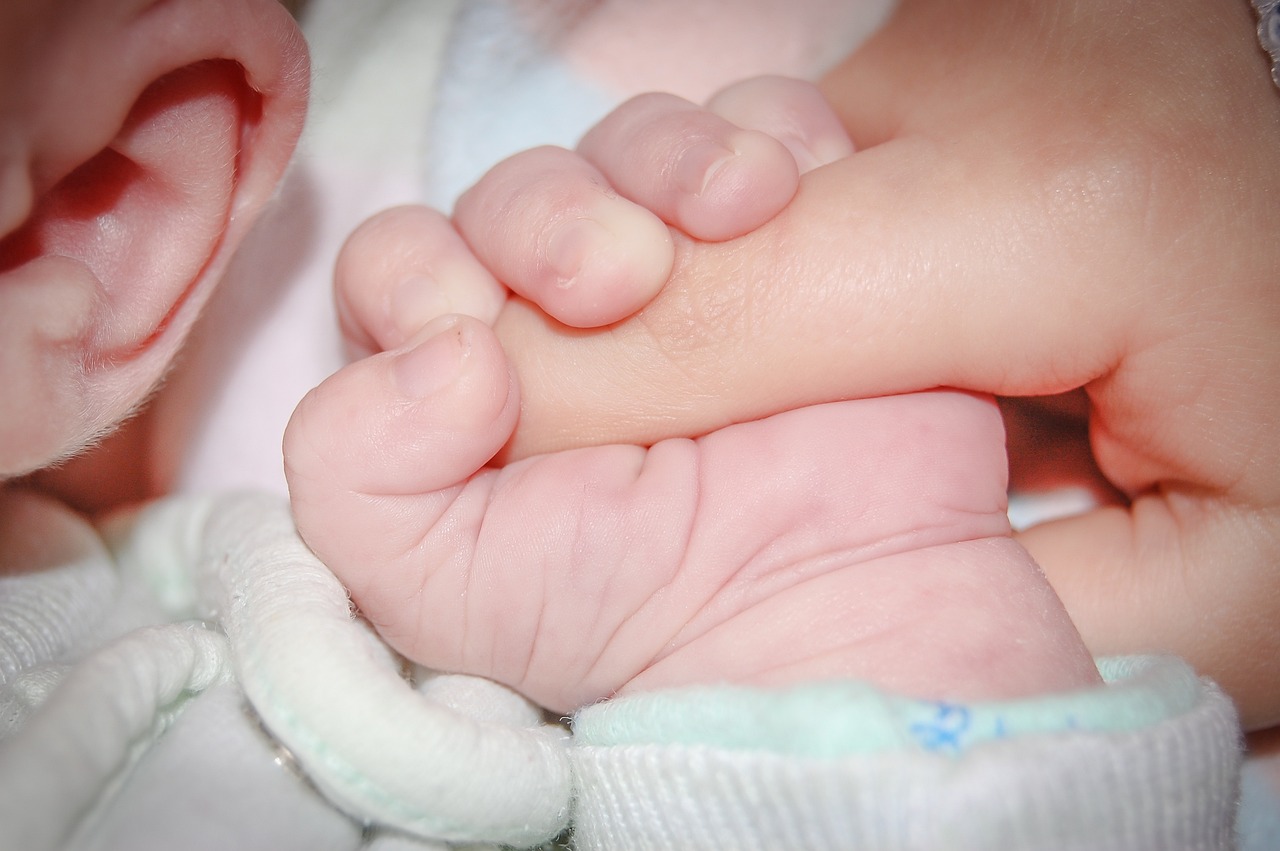Media release
From:
Early Neurodevelopmental Assessments for Predicting Long-Term Outcomes in Infants at High Risk of Cerebral Palsy
JAMA Network Open
Original Investigation
Media advisory: The full study is linked to this news release. This study is being released to coincide with presentation at the Pediatric Academic Societies meeting.
About JAMA Network Open: JAMA Network Open is an online-only open access general medical journal from the JAMA Network. On weekdays, the journal publishes peer-reviewed clinical research and commentary in more than 40 medical and health subject areas. Every article is free online from the day of publication.
About The Study: The results of this study support the potential to identify cerebral palsy and its severity as early as corrected age 3 to 4 months through early neurodevelopmental assessments, but the role of these tests is limited in identifying cognitive and neurodevelopmental impairments.
Authors: Abdul Razak, M.D., of Monash University in Melbourne, Australia, is the corresponding author.
(doi:10.1001/jamanetworkopen.2024.9053)
Editor’s Note: Please see the article for additional information, including other authors, author contributions and affiliations, conflict of interest and financial disclosures, and funding and support.
# # #



 Australia; VIC
Australia; VIC



